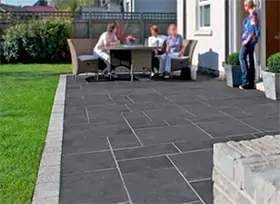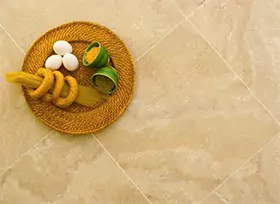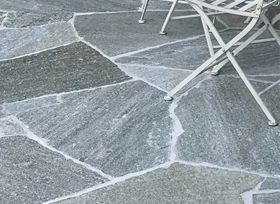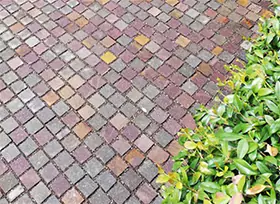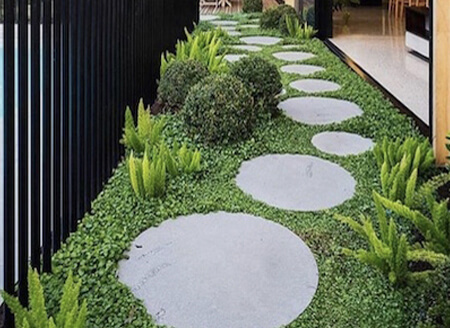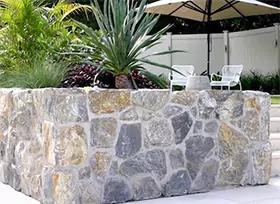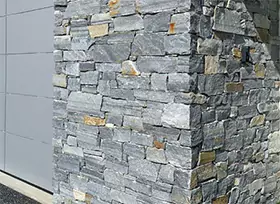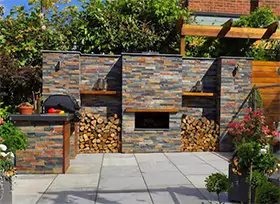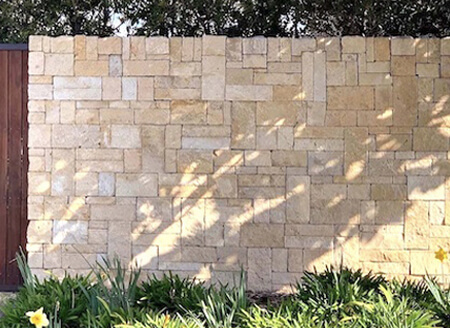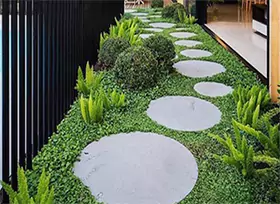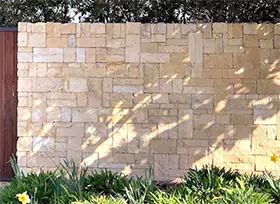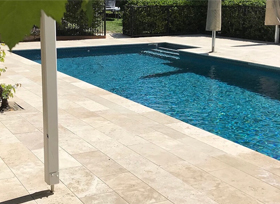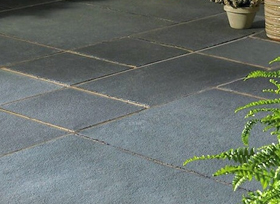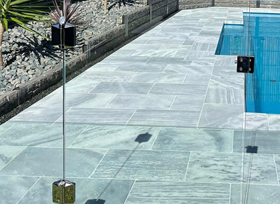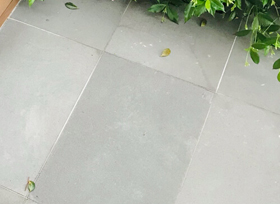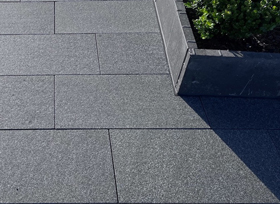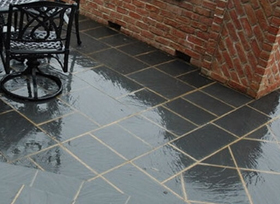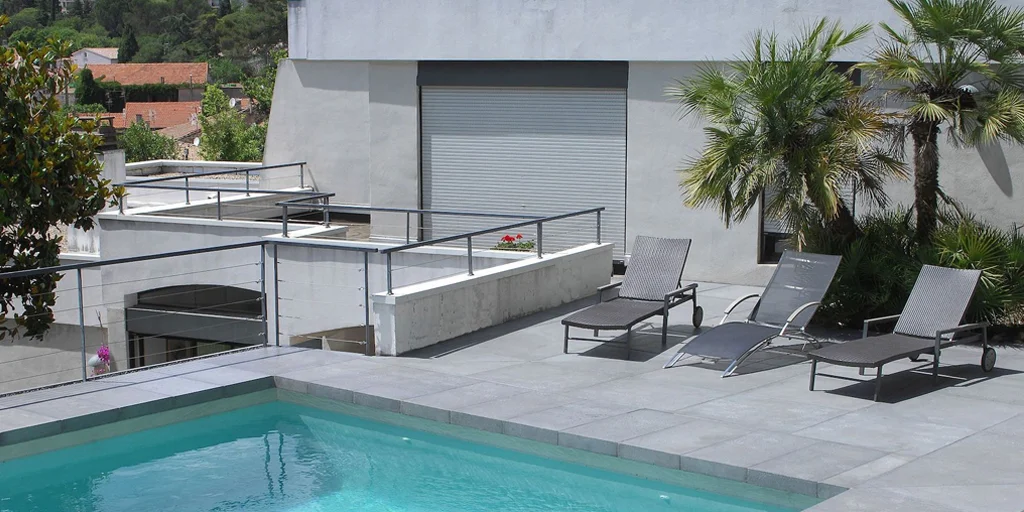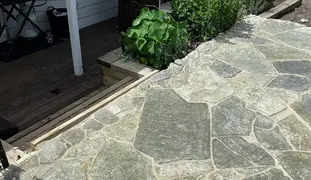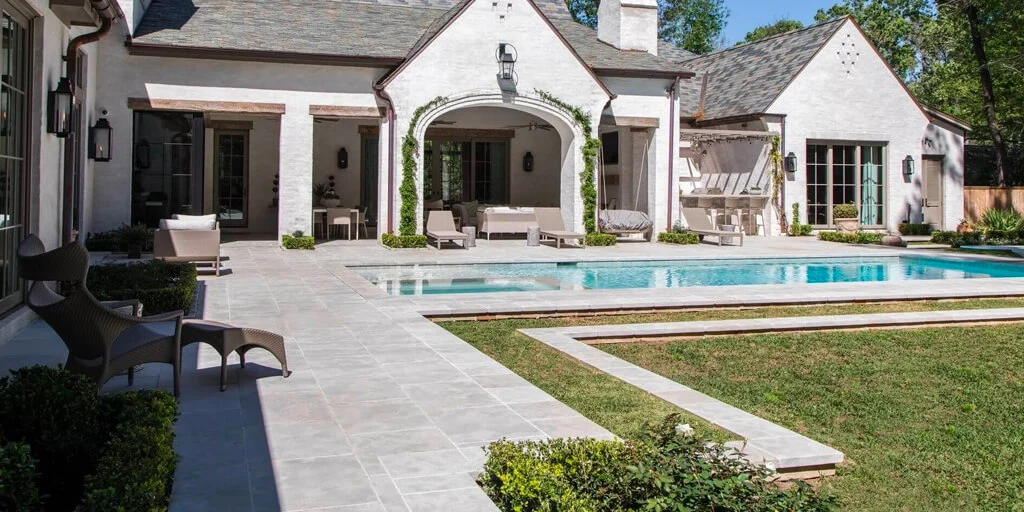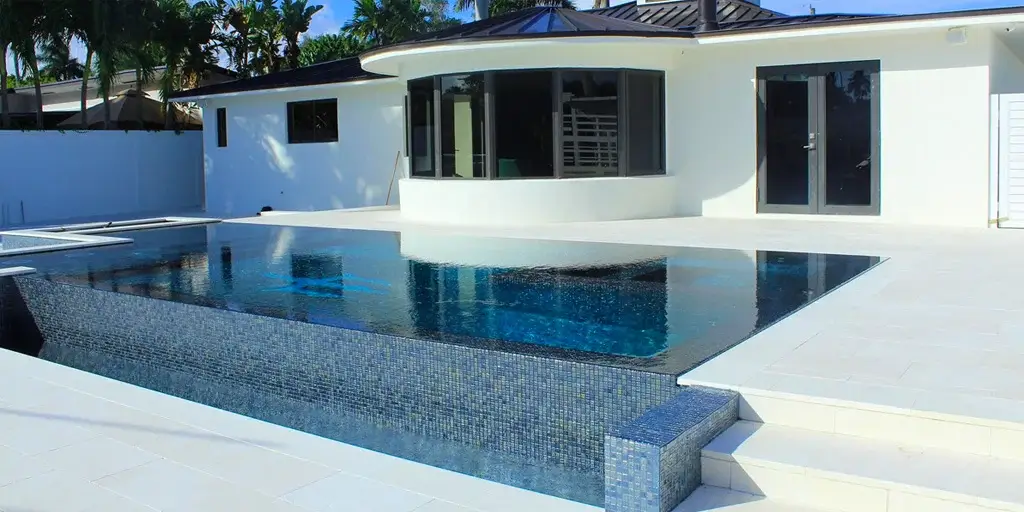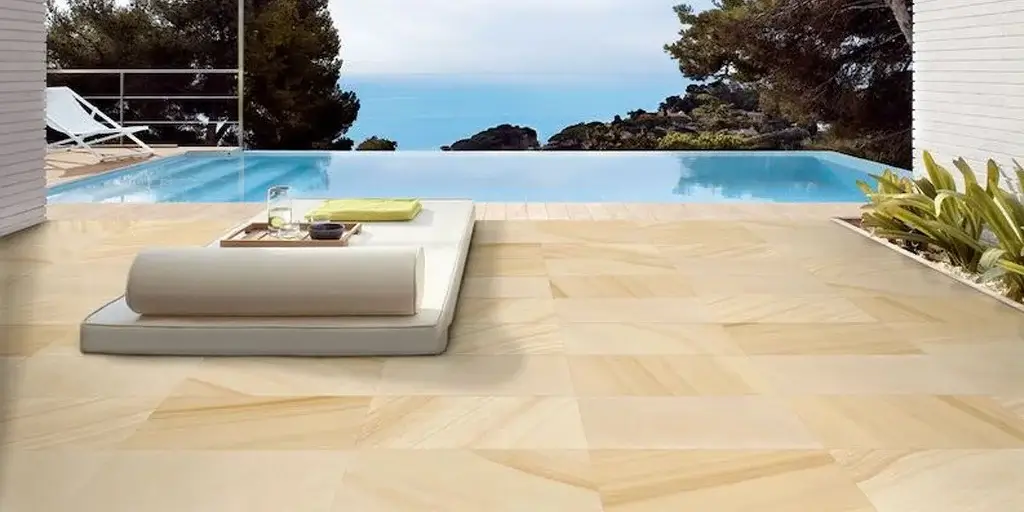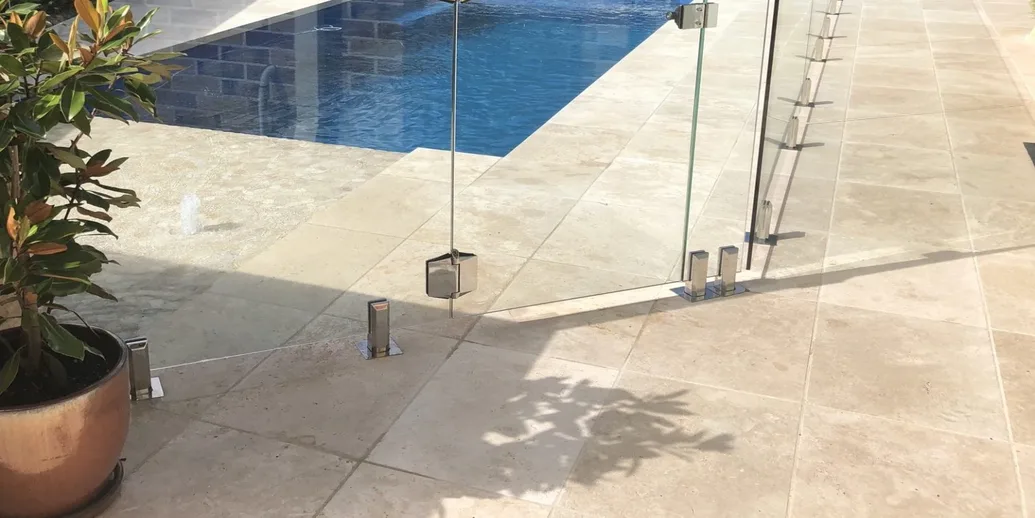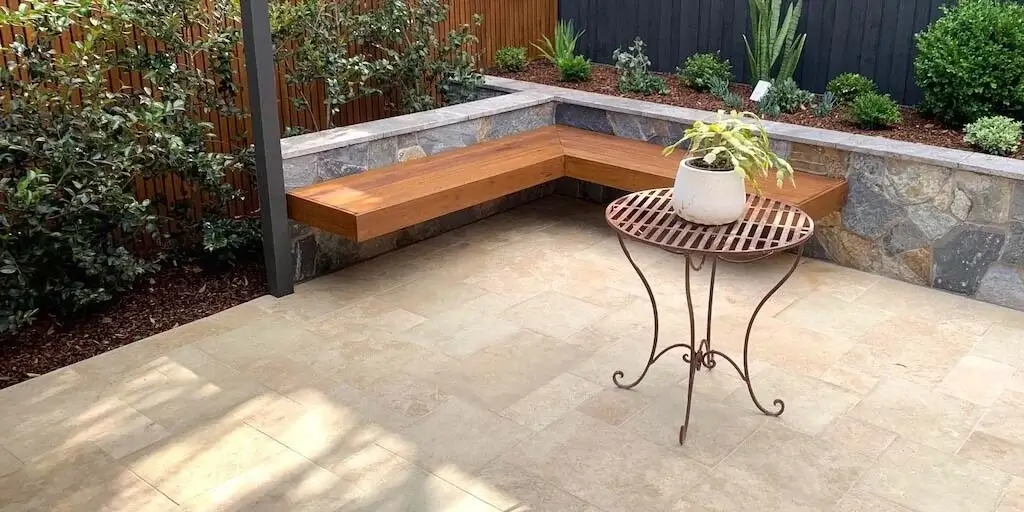Bluestone Pavers been used in several construction projects across the globe. In comparison to prefabricated cement slabs, they are much more durable when used to create pavement. The dark grey stone with a blue undertone is what makes them unique. The depth at which these stones were excavated affects their hue. Typically, the more brilliant and distinct the hues, the deeper their mining source.
Bluestone Pavers Installation
1. Determine Size, Shape, and Placement
Choose whether you'll use broken bluestone pieces for a rustic appearance or uniformly cut bluestone tiles for a clean appearance as the first stage.
Take measurements and mark- Use flags, posts, or spray paint to delineate the outdoor space's perimeter. Purchase the appropriate amount of bluestone paving stones for the application.
Think of the pattern- If you want a more natural appearance, try trying several arrangements of the bluestones to determine which one works best for the area. If you want to cover the gap with moss, leave at least 1.5 inches between each stone.
Number the pieces- Once you've found a pattern you like, number each stone individually with chalk. Take a photo that you can later reference. To get everything in the frame, you might need to climb a ladder. If you're using pre-cut pavers to create a neat look, you may completely skip this step.
2. Create a Sloped Base Layer
A small slope is required for optimal drainage on every patio. In order to avoid extra water accumulating around the basement and foundation, the base layer of a patio should always slope away from the house.
Grade the slope- A patio base layer should slope by about an inch every four to six feet, according to the slope's grade. There are several ways to accomplish this, but the simplest is to tape a one-inch block of wood to one end of a level that is four to six feet long. As you dig, keep checking the slope.
Excavation- To remove the sod and topsoil, use a spade shovel. Once the gravel base, sand level, and breadth of the bluestone have been taken into consideration, dig deep enough so that the bluestone pavers sit slightly above or at ground level. To accommodate paver edging, it's important to continue digging about six inches beyond the patio's defined edge.
Gravel base- Additional drainage is provided and the patio is generally supported by a layer of gravel base. A layer of gravel is added, then it is sprayed with a garden hose. To disperse the layer uniformly while maintaining the slope, you might need to use a rake. The area should then be flattened using a hand tamper or a plate compactor.
Pour the levelling sand- Over the area, spread a layer of levelling sand that is about an inch thick. The stone is stabilized and kept in place by this layer. To dampen the sand, simply mist it with a garden hose. As you smooth it out, this will help prevent dust from kicking up. Then, while keeping in mind the graded slope, spread the sand evenly across the area with a garden rake.
3. Lay the Bluestone Pavers
Lay the numbered bluestone pieces back in the arrangement you established at the start of this project using your reference image as a guide. As you go, check the level to make sure the slope is still solid and the stones are roughly level with one another.
If you chose natural bluestone pieces instead of paving stones, there can be a gap between each stone. Moss can be used to complete the aesthetic of your patio by lining the gaps between the stones.
And you are done! Your Bluestone Pavers will add to the aesthetics of your space and will last long.
Bluestone Paving Ideas
1. Garden Path
Bluestone pavers are perfect for garden paths or sidewalks because of their anti-slip properties and durability. For your visitors, a bluestone walkway makes navigating your garden safer and more pleasant. Bluestone tends to make your outdoor space look fresh while giving the space an organic feel.
2. Entryway
Including bluestone pavers?in your front entry door as a landing is an additional potential endeavour. Since it is the final location that you step on?before entering the house, a front door landing is crucial. Particularly in areas where it rains frequently, a safe, high traction landing is required. Bluestone pavers ensure the surface is safe, slip-resistant, and smooth.
3. Driveways
Bluestone pavers are among the most resilient stones besides Granite. They are tough and do not break or crack so easily. Bluestone Pavers that measure 30 mm thick are the best ones for driveways. You can also choose Bluestone Cobblestones for this space.
4. Stepping Stone Walkways
The walkway design option can be created from Bluestone Stepping Stones. It is not necessary to stack bluestones in an orderly and exacting manner for a Stepping Stone walkway. All you would do is create a passage through your grass and scatter enormous bluestone pieces over it. The sturdy stones with slip-resistance make them an excellent choice for Stepping Stone Walkways.
Summing Up
Bluestone Pavers do not disappoint when it comes to durability, stylish appearance and low maintenance. Not only the installation is easy but also their applications are plenty, giving you a lot of opportunities to experiment in your outdoor space. The bluish hue of the stone is the star feature that brings the dullest of spaces to life.
*Disclaimer: All information and advice given above in the blog are to the best of our knowledge. Please reconfirm at your end before execution.


